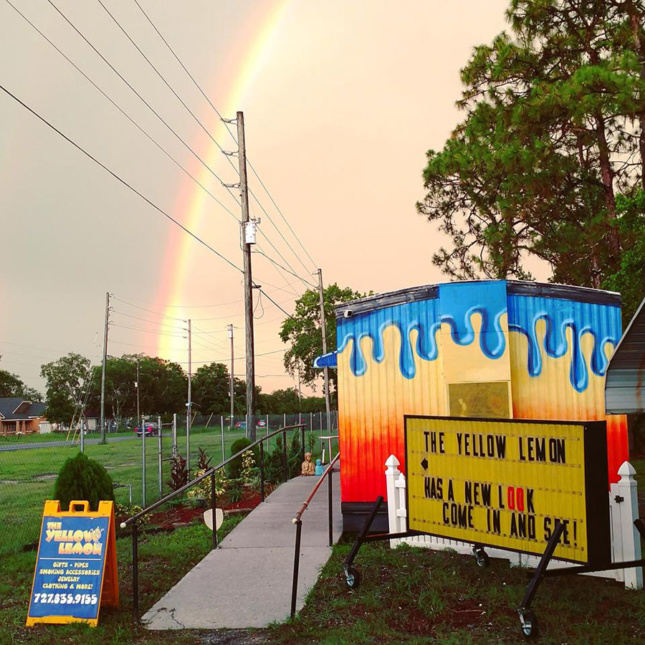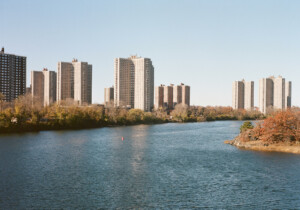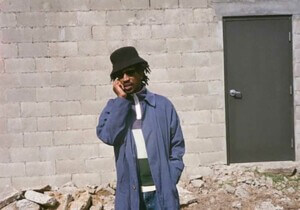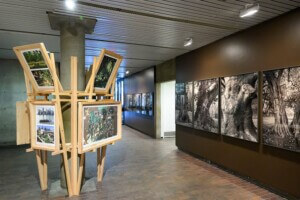For more than 50 years, the primary—indeed, only—architectural, public acknowledgment of cannabis in the United States has been the ubiquitous head shop. Emerging from 1960s counterculture and dedicated to selling paraphernalia relating to the consumption of both tobacco and cannabis, the latter has been the head shop’s true raison d’être. Hence, for most of its history the head shop has—perhaps uniquely among storefront retail—walked a very fine line between legality and illegality.
This survey of head shop storefronts across the United States, compiled by CLOG x Cannabis contributor Marshall Ford, illustrates this point well. While head shops remain largely small-scale, independent enterprises, a common set of design characteristics can be found that hearken back to the counterculture origins of the type and acknowledge the illicit product which historically could not be openly sold. However, as the legalization of cannabis continues its march from state to state, one wonders whether this aesthetic will survive the corporatization of cannabis which is sure to come.
The newest issue of CLOG examines this threat, in addition to the origins of both the medical and recreational use of cannabis, new delivery methods, legalization in the U.S. and abroad, police enforcement, and cannabis’s growing acceptance in the wellness industry. The issue also includes an interview with a high-end cannabis distributor, investigates the world of drug testing, and takes an up-close look at a new hemp farm.
—CLOG

When they began appearing in the 1960s, head shops were legally mandated to only sell products for use with legal substances. This influenced a tradition of delightfully surreptitious shop names and bright, far-out signage welcoming potential customers to a safe space, while staying within the law. From the cartoon apple with marijuana leaves as stems gracing the sign at Adam’s Apple in Chicago, to the simple block-lettered neon sign at The Fitter in Boulder, Colorado, the tradition of odd, cool, freeform, blocky, colorful lettering spelling out fun (and hardly clandestine) shop names has offered sanctuary for those searching for the sub- and counterculture for half a century.
Recreational weed’s rolling legalization is slowly transforming the stigmatized head shop into a foundational element in the American cultural landscape. As this continues, older shops like Adam’s Apple, Captain Ed’s in Van Nuys, California, or Pipe Dreams in San Francisco begin to take on a reputation less like the ubiquitous, fluorescent-lit vape shop, and more akin to Vesuvio Café, The Bitter End, and other cultural institutions from the same generation, now celebrated for their embrace of the societal other in times of great change. And their signs remain lit, as a lively beacon for those possibly searching to get stoned, but definitely looking for something different.











